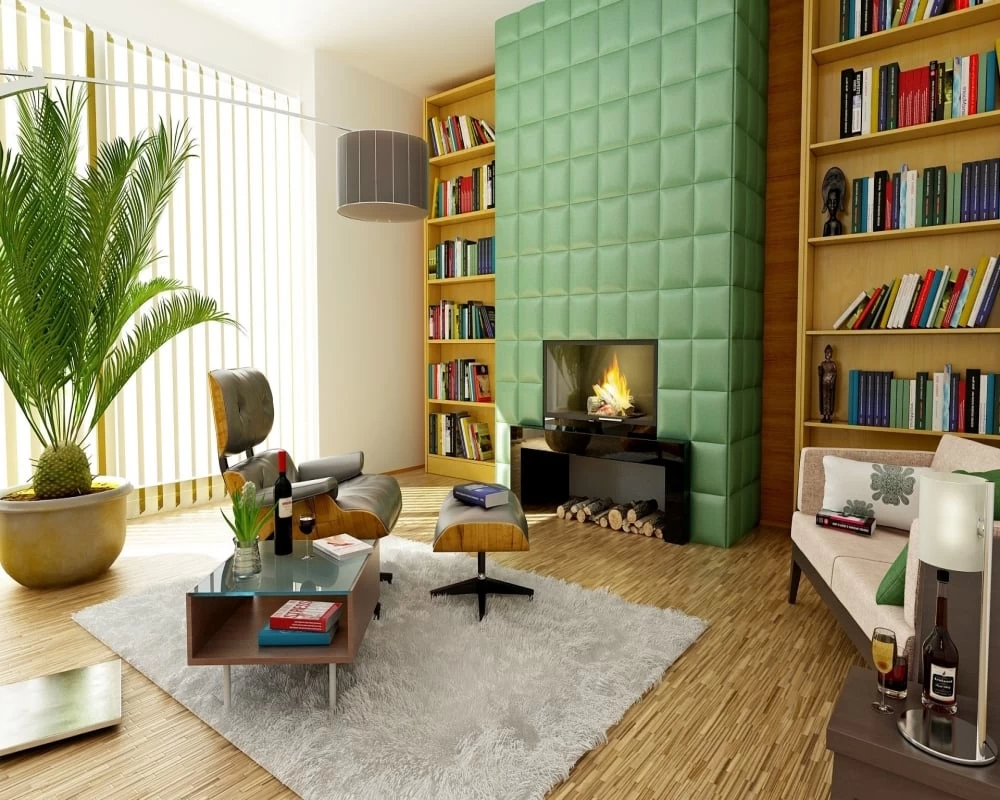Emerging Trends in Real Estate 2023: A Comprehensive Guide

Are you curious about what the future holds for the real estate industry? With the rapid evolution of technology and shifting market trends, it can be challenging to stay ahead of the game. In this article, we'll dive into the emerging trends in real estate 2023 that are set to shape the industry. From technological advancements to shifting demographics, we'll cover it all.
Introduction
Real estate has always been a dynamic and ever-changing industry, and 2023 is no exception. As we move towards the future, we can expect to see significant changes in the way we buy, sell, and manage properties. The real estate industry is set to undergo a major transformation as emerging trends continue to shape its landscape. In this article, we'll take a deep dive into the most prominent emerging trends in real estate 2023.
The Emergence of Smart Cities
One of the most significant emerging trends in real estate 2023 is the rise of smart cities. As technology continues to evolve, so do our cities. Smart cities are designed to improve the quality of life for their citizens by utilizing technology and data to optimize city services and infrastructure. This includes everything from traffic management to public safety, waste management, and energy consumption. Smart cities are set to transform the real estate industry as they create new opportunities for developers, investors, and property managers.
Benefits of Smart Cities
- Improved quality of life for citizens
- Increased sustainability and energy efficiency
- Improved public safety
- Enhanced transportation systems
Increased Adoption of Virtual Reality
Another emerging trend in real estate 2023 is the increasing adoption of virtual reality. Virtual reality technology is transforming the way we buy, sell, and market properties. It allows buyers to take virtual tours of homes and properties, which can save time and money. Additionally, virtual reality can help property managers showcase their properties in a more engaging and interactive way.
Benefits of Virtual Reality
- Saves time and money
- Enhances property marketing
- Allows for remote property viewing
The Growth of Co-Living Spaces
As the world becomes more interconnected, we're seeing a rise in co-living spaces. Co-living spaces are shared living environments where individuals or groups of people live together in a communal setting. This type of housing is becoming increasingly popular among young professionals, students, and digital nomads. Co-living spaces are designed to foster a sense of community and provide affordable housing solutions in urban areas.
Benefits of Co-Living Spaces
- Affordable housing options
- Sense of community
- Shared resources and amenities
Shifting Demographics
The demographics of real estate are changing, and this is set to continue in 2023. The aging baby boomer population is downsizing, while millennials are becoming the largest group of homebuyers. This shift in demographics is creating new opportunities for real estate developers and investors.
Impact of Shifting Demographics
- Increased demand for affordable housing
- Demand for urban, walkable communities
- New opportunities for real estate investors
Sustainability and Green Buildings
As the world becomes more environmentally conscious, the demand for sustainable and green buildings is on the rise. Green buildings are designed to minimize their impact on the environment, reduce energy consumption, and provide a healthier living environment for occupants. In 2023, we can expect to see an increased focus on sustainable real estate development.
Benefits of Green Buildings
- Reduced energy consumption
- Healthier living environments
- Lower operating costs




